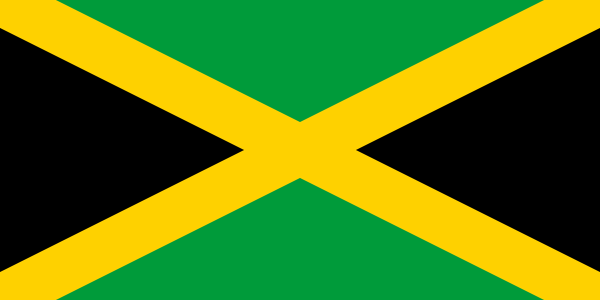Like mother, like son
Ackee and salt fish, the national dish of Jamaica, was not always my favorite Jamaican dish but as the middle child, I learned a lot about the ways in which my mother nurtured my older and younger siblings. Over the years, my older brother slowly became a skilled chef after watching my mother cook.
I kind of like the fact that Jamaican food is for the most part unchanged, despite the changes that have occurred in the Jamaican community over the last 20 or so years. There is something about the way Jamaican foods taste that gives it a certain kick. My mother used to make ackee and saltfish for breakfast on some Saturday and Sunday mornings. It grew on me; became one of my favorite dishes simply because it’s specifically made for breakfast, even though it tastes more like a lunch dish.
Although I just recently found out that ackee was imported to Jamaica during the age of the African slave trade, from a young age, I recognized the importance of imported goods when cooking a dish that is not indigenous to the United States. There was always a difference in taste between products manufactured in America and those from Jamaica or abroad. Usually, Jamaicans like my mother like to shop at farmers markets rather than supermarkets to get the products they need for cooking. But ackee did not grow in America, so my mom would just get the canned version, even though it tasted different from the frozen, bagged versions found at the farmers market. When it came to saltfish (also known as dry salted cod fish), though, my mom refused to buy it unless it was from a market where it was soaked in salt water to maintain its freshness. She would never purchase pre-packaged fish.
Sometimes I felt that my mom’s reasoning was arbitrary, but I grew to realize that it was just that she was wiser than me. I had to grow to learn that she had already lived a life in Jamaica before coming to America, where I was born. I remember one time, my brother was trying to make ackee and saltfish but he was not following the directions mom gave. She said that ackee has a poisonous part that needs to be taken out before it was eaten and whenever she purchased the canned version, I always felt safer. But my brother was not making it out of the can, and I felt a little scared. Thankfully, my mother came to inspect the cooking process and guided my brother in cutting and soaking the ackee before mixing it with the fish.
As the ackee soaked, my mom put butter in the pan with some onions to give it flavor. Then she seasoned the fish in black pepper (no salted seasonings since its already coated in salt), and added some green or red peppers to the mix.
From there, my mother would put the delicate fish into the hot pot with the onions and peppers and sort of stir-fry or sauté. The fish broke up into pieces and that’s when she asked my brother to take the ackee out of the water and throw it into the pot. The ingredients cooked like that for about seven minutes, and then she turned the fire down to a slow simmer until the food was ready to serve. On some occasions my mother would cook the dish with white rice or rice and peas. Other times she would ball up dough in her hands and boil it in a separate pot to go with the fish meal. Sometimes (rarely) there are bones in the saltfish but they are usually really soft and chewable: if you choke on saltfish it’s probably because you’re eating too fast.
The contrast between the ackee and the saltfish is like the contrast between my older brother and my mother. The ackee has a mild sweet taste, almost comparable to a mother’s sensitive side, and the saltfish is salty and aggressive, more like my brother. The two ingredients together really complement one another, just as my mother and brother always worked well in the kitchen. As my mother got older, my brother began cooking more.
My mom would sometimes make the dish for lunch or dinner because her kids loved to eat it, but many Jamaican restaurants remain traditional and refuse to serve the dish after breakfast. Some only sell the dish on Sunday mornings, as it is the day in which most people in Jamaican culture cooks big dishes, because church and religion play a large role in traditional Jamaican culture. But now, restaurants like Golden Krust in like Grand Central Terminal make it easier to get ackee and saltfish at any time, just as we could when my mom gave in to popular demand.
Tags: 42nd street, Ackee, Golden Krust, Grand Central Terminal, Jamaica, Jamaica Queens, Midtown, salt fish


Your Comments